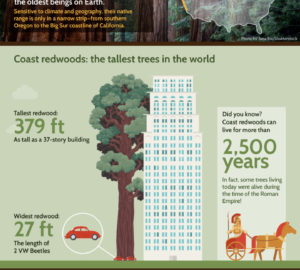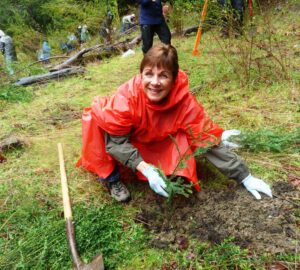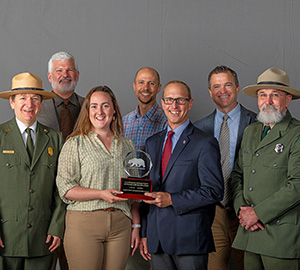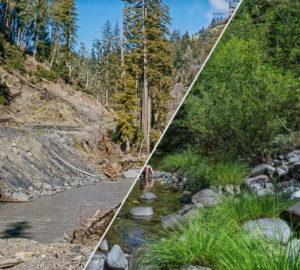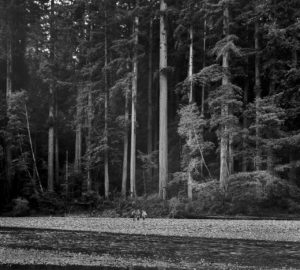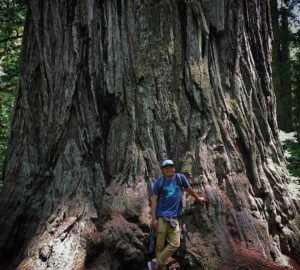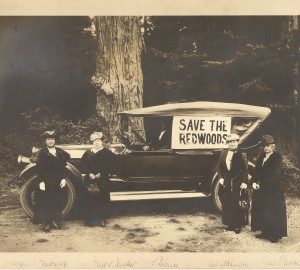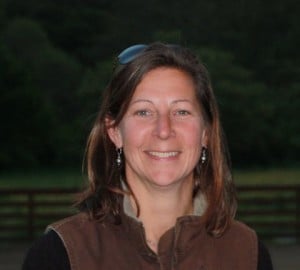
“That was pretty much on the opposite end of the spectrum from Harvard,” Millet said. “If you had to boil it down, Harvard was about theory, Wyoming and Montana were about hard reality. Ranchers are about the most pragmatic people you’ll ever meet. With them, it’s about what is, not what should or could be.”
Millet broadened her liberal arts education and ranching experiences with policy research, studying environmental economics at the University of Washington and environmental planning at The University of Virginia. In the course of her career, she directed leadership and education programs for Stanford Woods Institute for the Environment, ran a local land trust, and spent 12 years with The Nature Conservancy developing landscape scale conservation programs and negotiating conservation easements with timberland owners, ranchers and farmers.
She also has worked extensively with Save the Redwoods League on protecting and restoring redwood lands, and serves on the League’s Board of Councilors. Millet’s connection to Save the Redwoods League is multigenerational: Her godfather, Stephen McPherson, is the great grandson of Stephen Mather, a co-founder of the League and the first director of the National Park Service. Millet currently serves as the Director of TomKat Ranch, a Pescadero cattle operation that produces grass-fed beef via a managed intensive grazing regimen that enhances soils and preserves watersheds.
Millet observes that effective conservation requires multiple stakeholders and a flexible, sophisticated approach. She cites working forests as an example and notes that the major opportunities for redwood forest restoration today are on harvested lands.
“With proper management, it’s possible to accelerate old-growth characteristics in a working forest,” said Millet, “so you ultimately have a forest that pays off both in revenue and improving ecosystem services (the benefits that people obtain from ecosystems, such as food and water).” That speaks to the great challenge facing long-term forest restoration at the landscape scale: How do you provide for both forest health and longevity of funding?”
Though Millet’s professional focus is centered largely on cattle and grasslands these days, the redwood forest remains a major passion.
Learn more about working forests on our Giant Thoughts blog.

